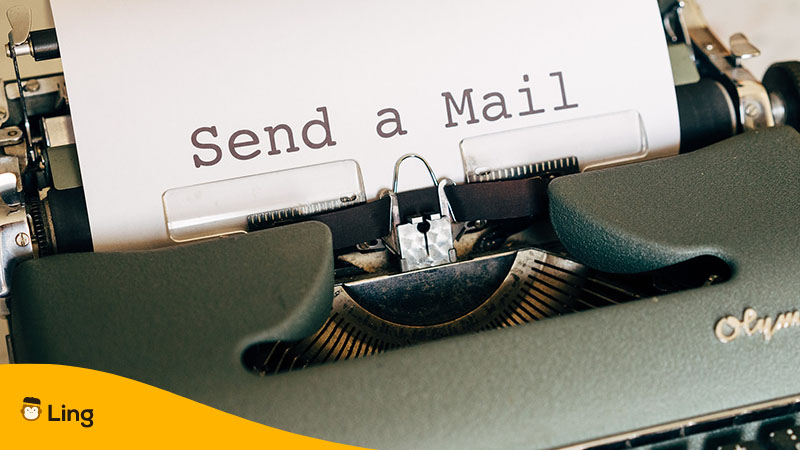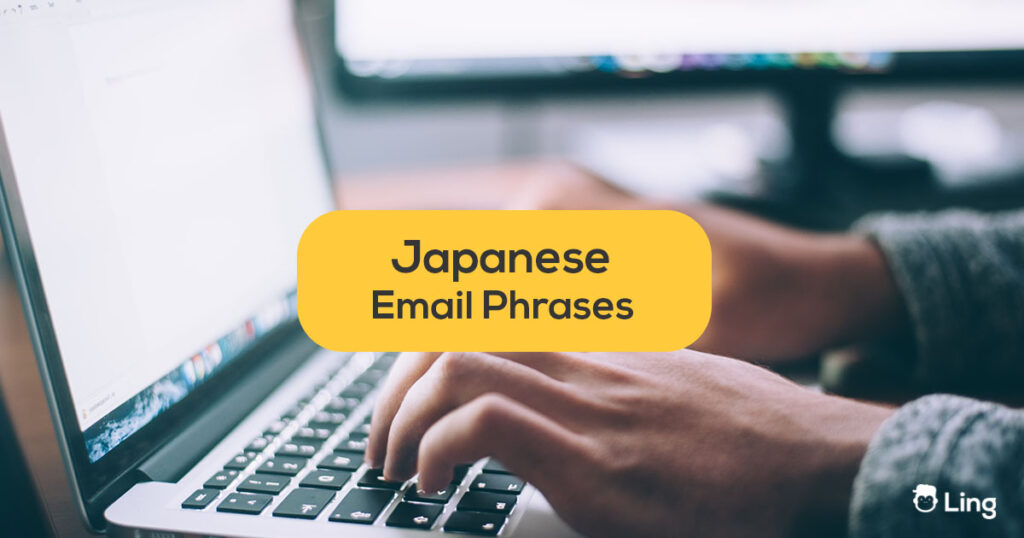Are you considering working for a Japanese company? Perhaps you are starting your life in Japan and are thinking about having your own business. Either way, knowing how to structure a professional email is a valuable skill in today’s digital age. However, knowing many words and phrases is not enough to succeed in the Japanese corporate world. It is crucial to have some understanding of the culture so that you can address your Japanese colleagues or business partners appropriately. For that reason, today we will discuss some aspects of Japanese business culture and share essential Japanese email phrases that will help you communicate effectively in person or through the screen.
Some Aspects Of Japanese Business Culture
Japanese culture is known worldwide for being mostly traditional and conservative. While it is true that Japan has been modernizing over time, it is also true that the corporate world maintains its hierarchical structure quite well delimited.
Respect is fundamental to establishing relationships in Japanese society. Therefore, understanding what kind of vocabulary and behavior is considered respectful is necessary to avoid misunderstandings that may affect social and business relationships.
Aspects such as age and status significantly affect interactions in Japanese culture. For example, in the workplace, Japanese people tend to speak according to their position in the hierarchical pyramid, which is determined by aspects such as their role in the organization, time as employees, and the university they attended, among other things. Therefore, when addressing customers, older colleagues, and superiors, using honorific language is a must.
In order to make sure that your email is successfully received by Japanese people and to avoid causing difficulties, you must consider all these cultural factors and structure your message assertively.

How To Structure An Email In Japanese
Generally speaking, Japanese emails have a similar layout. So you can use the same structure; you have to modify the content according to the person you’re addressing. A difference you should consider is that Japanese people usually present conclusions first and then arguments. Contrary to Western cultures, where arguments come before conclusions.
Let’s take a look at the sections that make up a common Japanese email.
| English | Japanese | Romaji | Sound |
| Subject | 件名 | Kenmei | |
| Sender | 差出人 | Sashidashinin | |
| Recipient | 宛先 | Atesaki | |
| Greetings | 挨拶 | Aisatsu | |
| Conclusions | 結論 | Ketsuron | |
| Body | 本文 | Honbun | |
| Closing Remarks | 締めの挨拶 | Shime no aisatsu | |
| Name and Signature | 署名 | Shomui |
Now that we know the parts that make up a Japanese email, let’s look at some handy phrases that can help you in situations where you may need to write an email to a Japanese colleague, employer, or client.

Essential Japanese Email Phrases
Note: When you’re communicating with a coworker, you don’t need to use [ お世話になります]
In order to see how the structure and phrases of a Japanese email can be put into practice, let’s look at a Japanese business email model.

Japanese Email Example
English version
From: [email protected]
Tokyo Co., Ltd.
Mr. Tanaka
I am always indebted.
Thank you for contacting us.
「Conclusions」
「Body」
Thank you very much. 「Closing remarks」
Hokkaido Co., Ltd.
Yamada 「 Name and signature」
Japanese version
東京 株式会社
田中様
いつもお世話になっております。
ご連絡ありがとうございます。
「結論」
「本文」
何卒よろしくお願いいたします。「締めの挨拶」
株式会社 北海道
山田 「 署名」
Romaji version
Sashidashinin: [email protected]
Atesaki: [email protected]
Tōkyō kabushikigaisha
Tanaka-sama
Itsumo osewa ni natte orimasu.
Go renraku arigatōgozaimasu.
「Ketsuron」
「Honbun 」
Nanitozo yoroshikuonegaītashimasu. 「Shime no aisatsu」
Kabushikigaisha Hokkaidō
Yamada 「 Shomui」
Now that you can write an email in Japanese and succeed at work, it is time to improve your other language skills. In order to become proficient in a language, you should expand your vocabulary and learn about the culture so you can understand how to express yourself appropriately.

Boost Your Japanese Skills With Ling
Do you want to increase your proficiency in the Japanese language?
Mastering a language requires more than memorizing the exercises from a textbook. You need a system that allows you to exercise all your communication skills. That’s when Ling-app comes in handy. It offers an interactive learning experience that will help you intuitively learn and practice Japanese vocabulary. And not only that! Ling-app has bite-size lessons you can complete anywhere in 15 minutes. If you want to go even further, combine your Ling lessons with our weekly blogs, where you will learn vocabulary, grammar, and everything you need to speak Japanese fluently.
Download it now from the App Store or Play Store and sign up for a free account.
Try it out! We assure you that you won’t regret it.
また来週!













